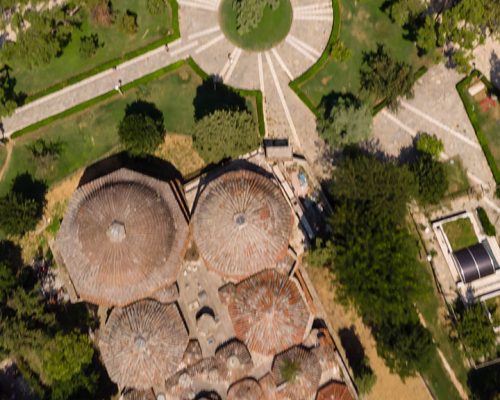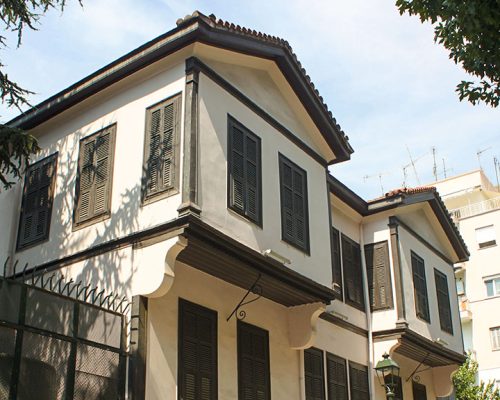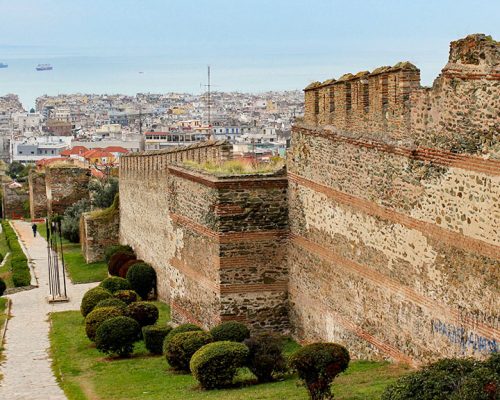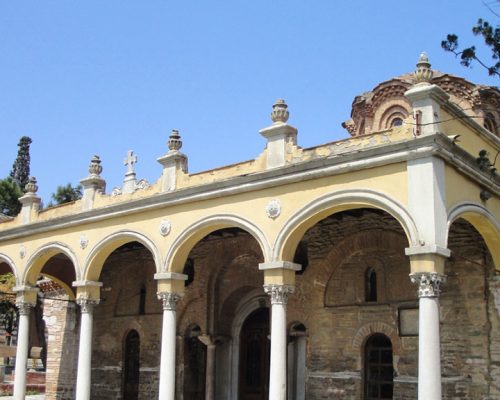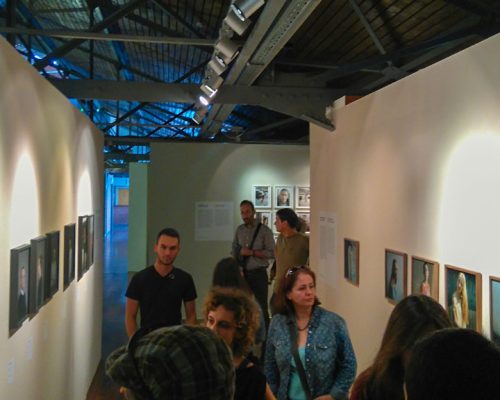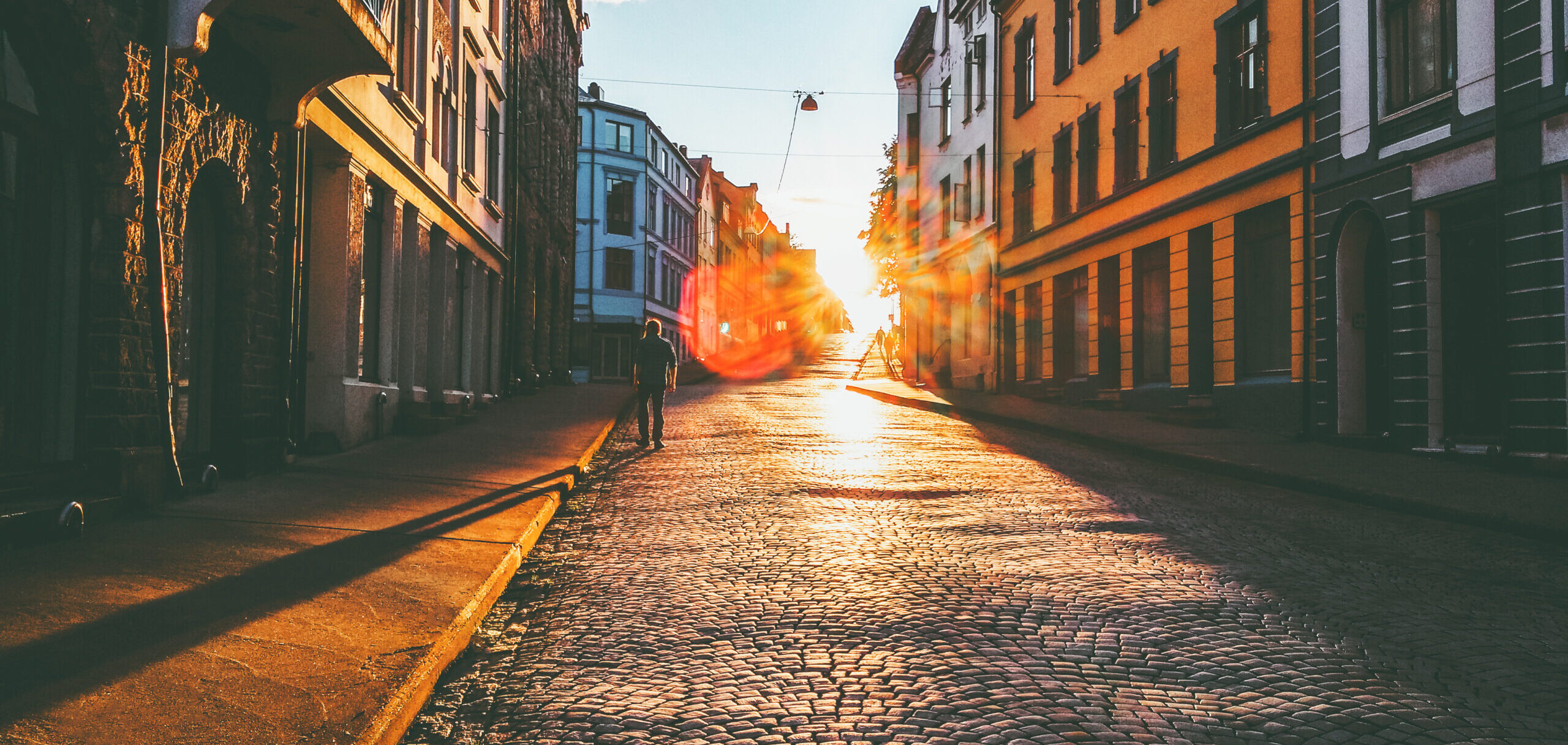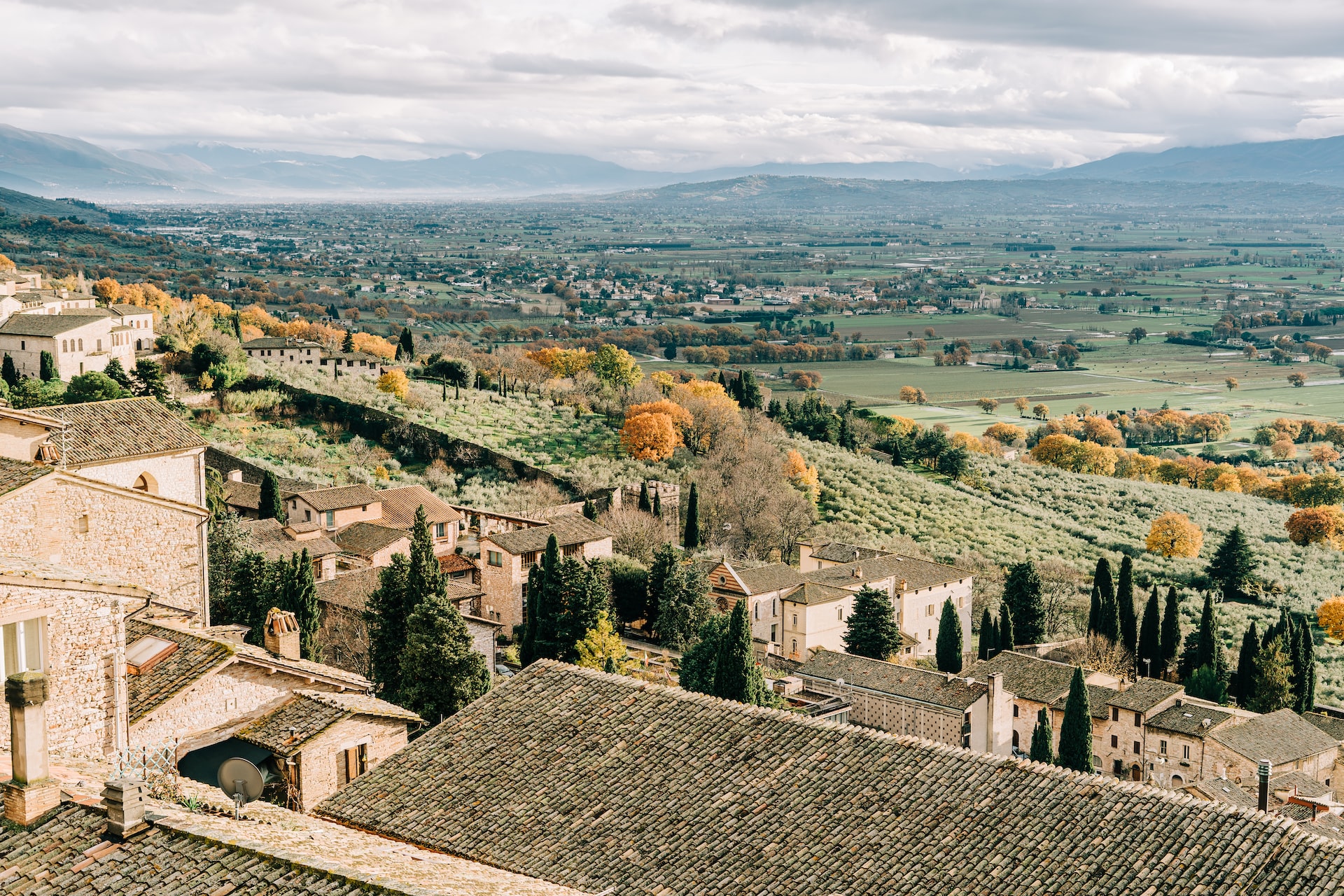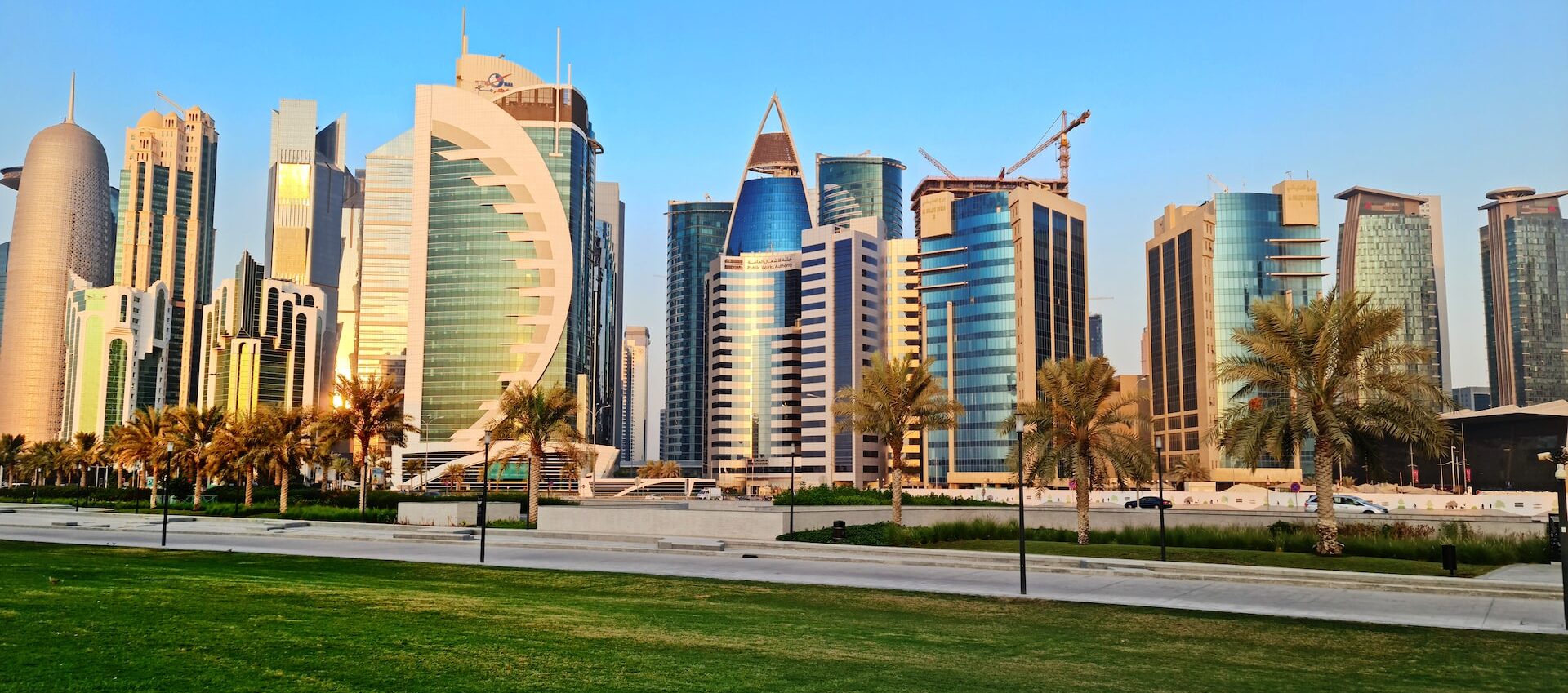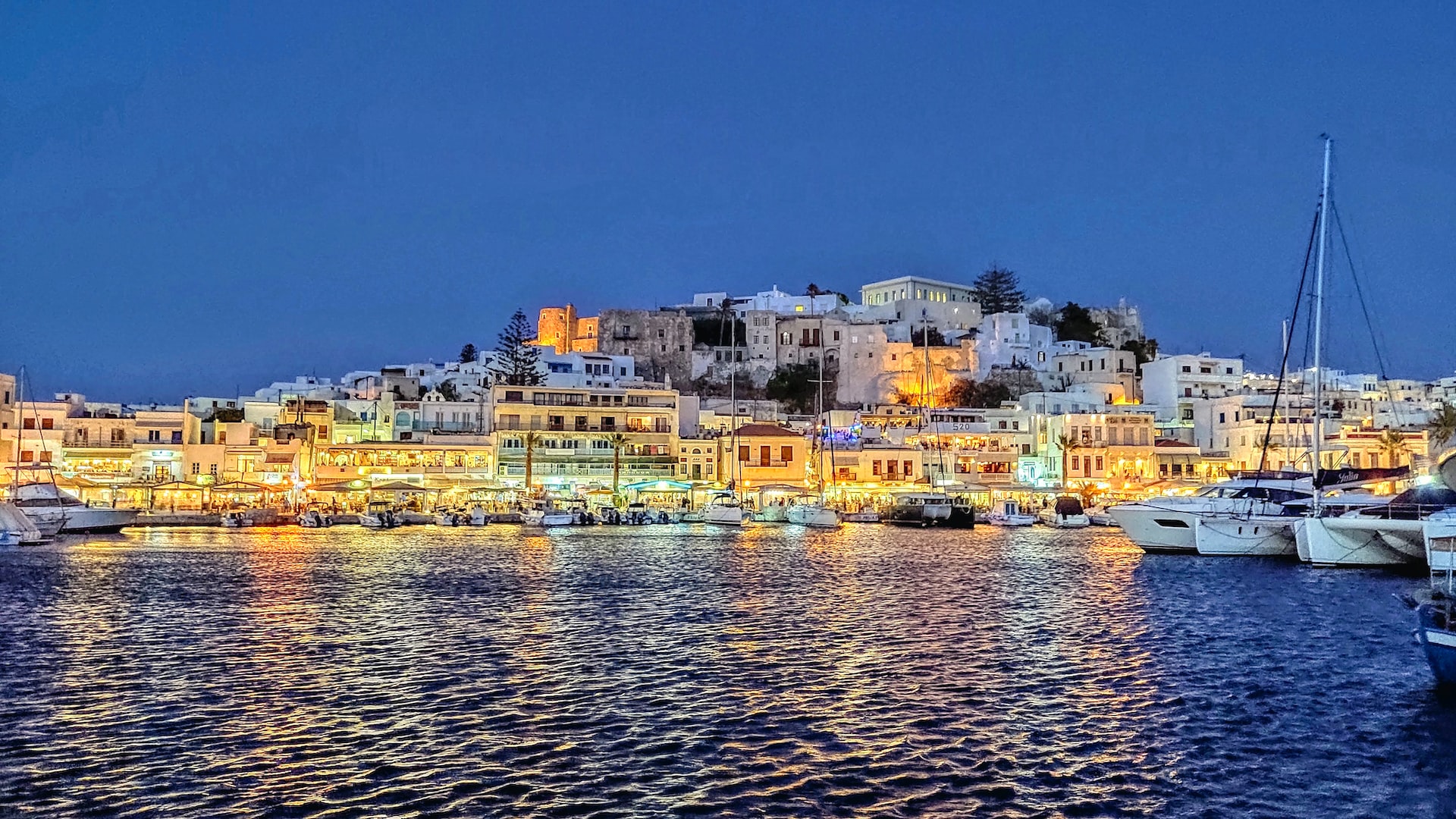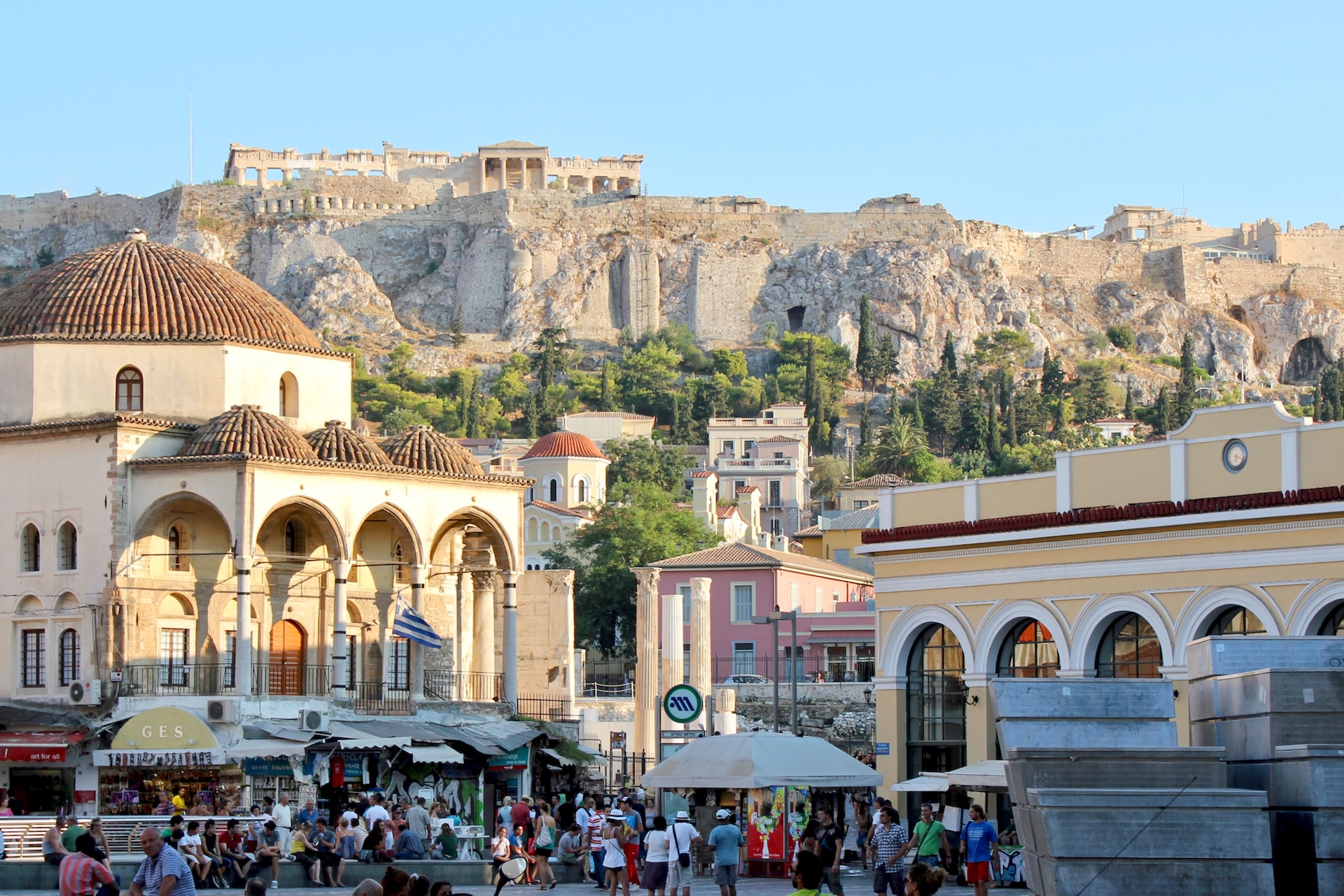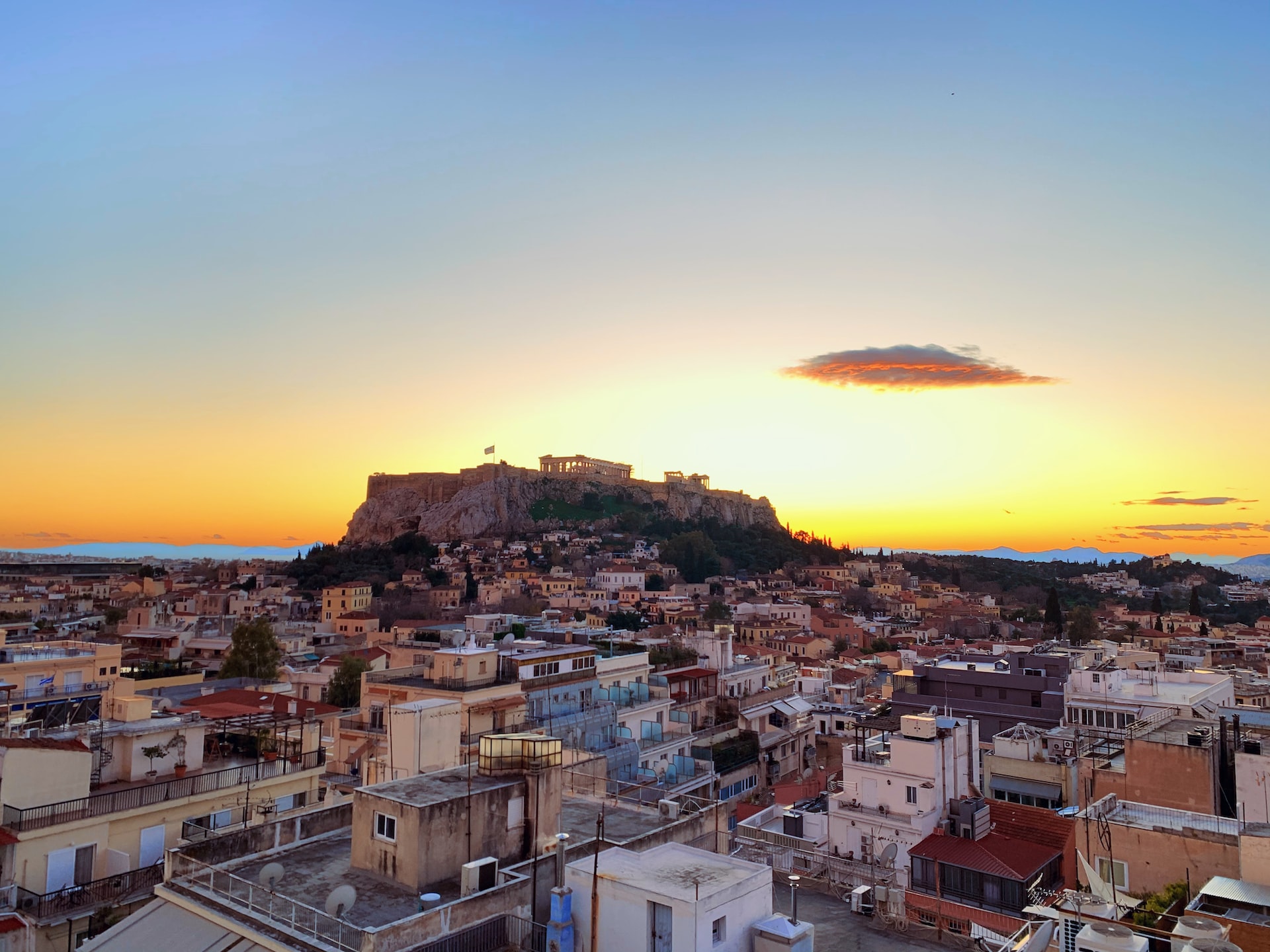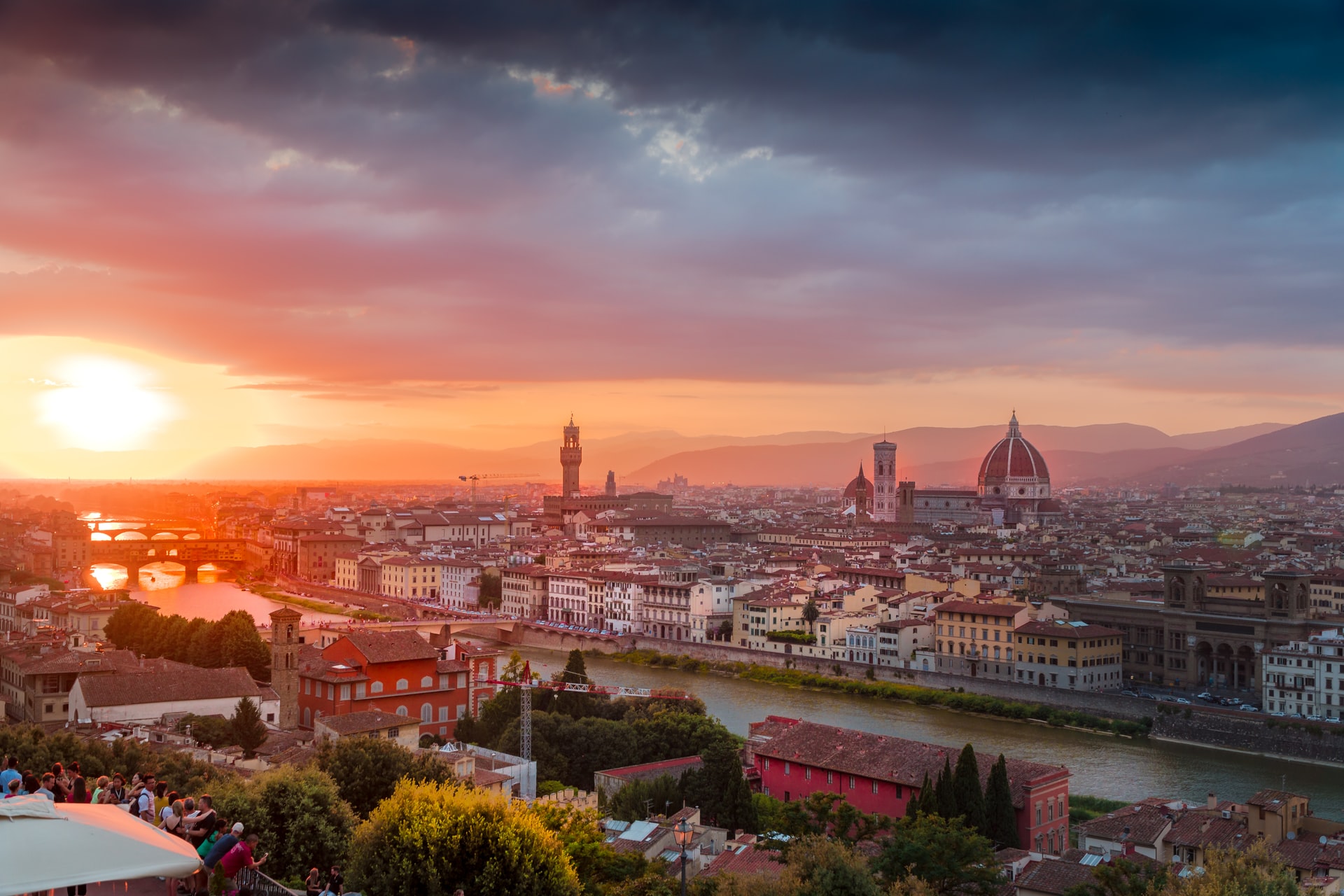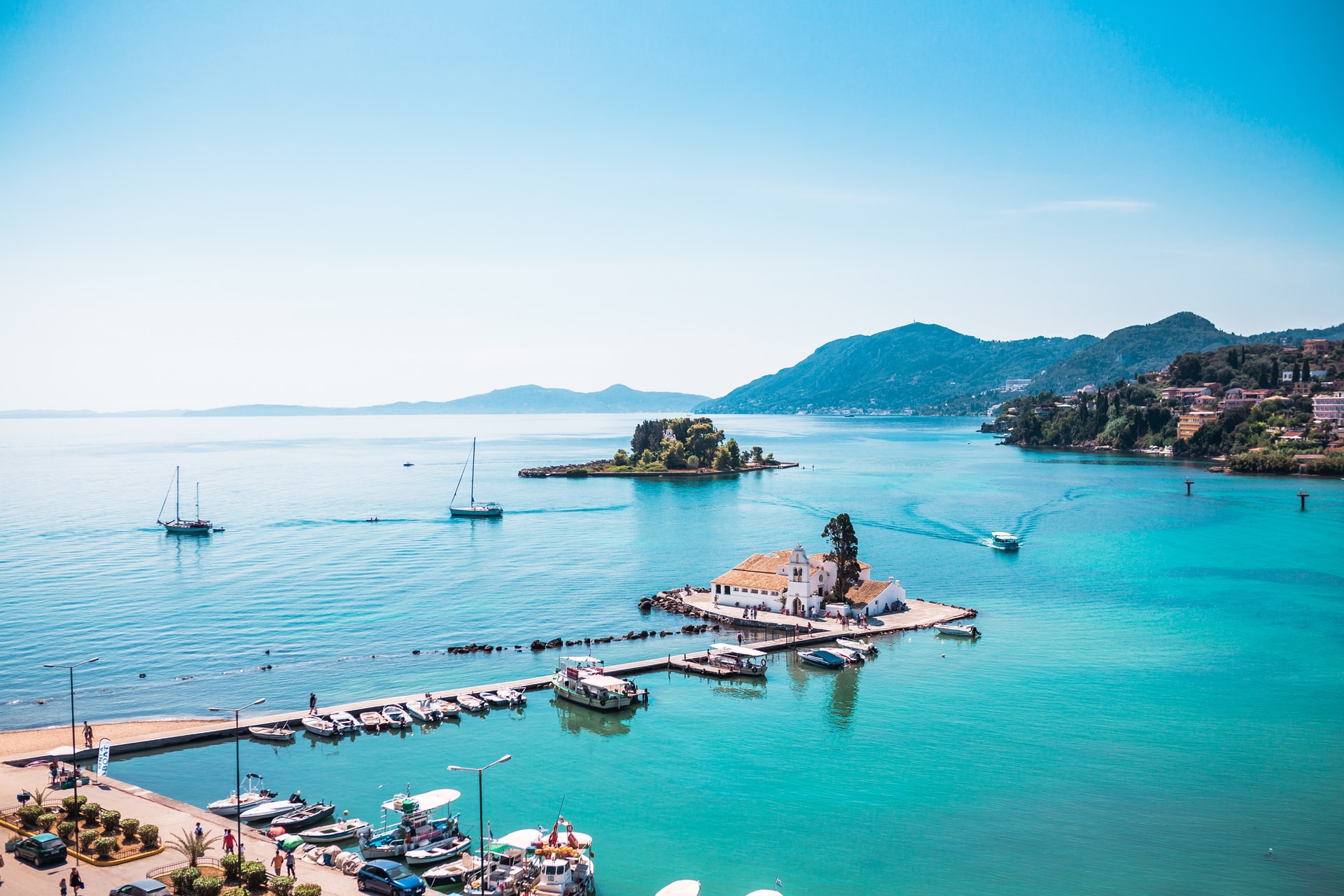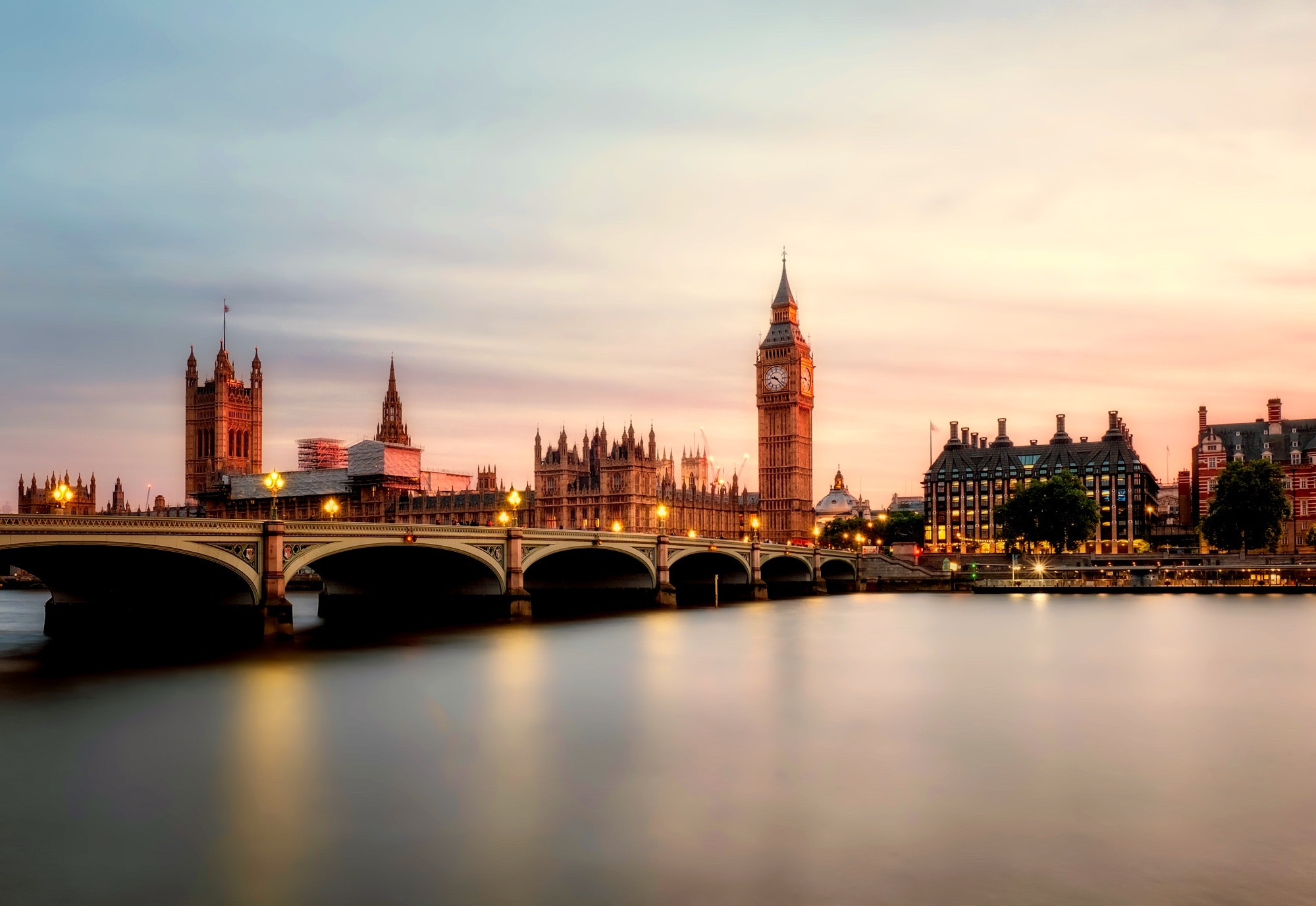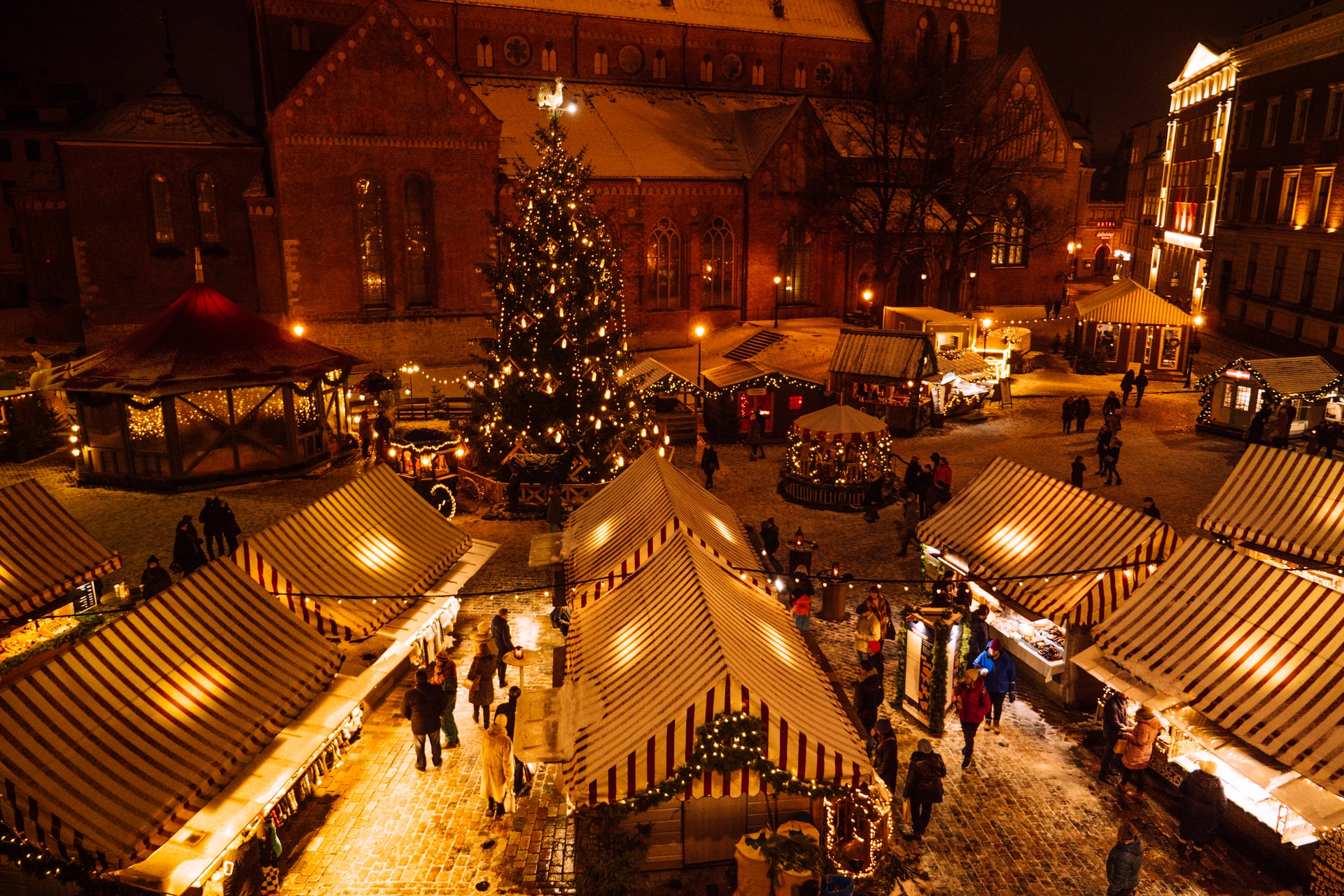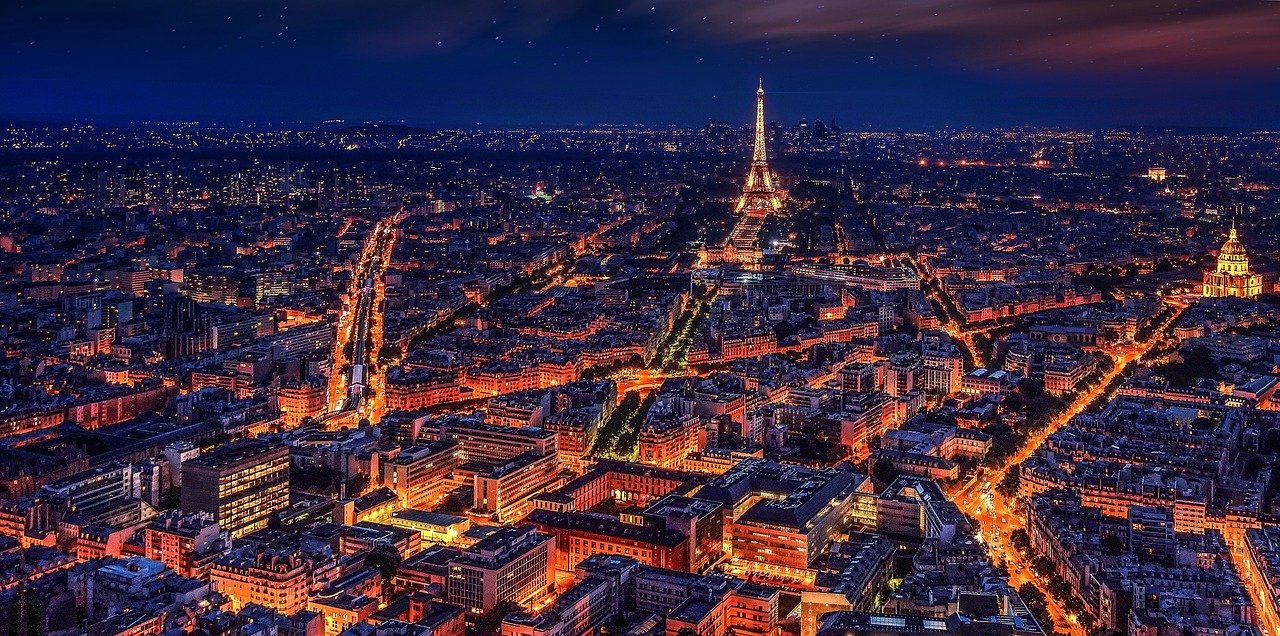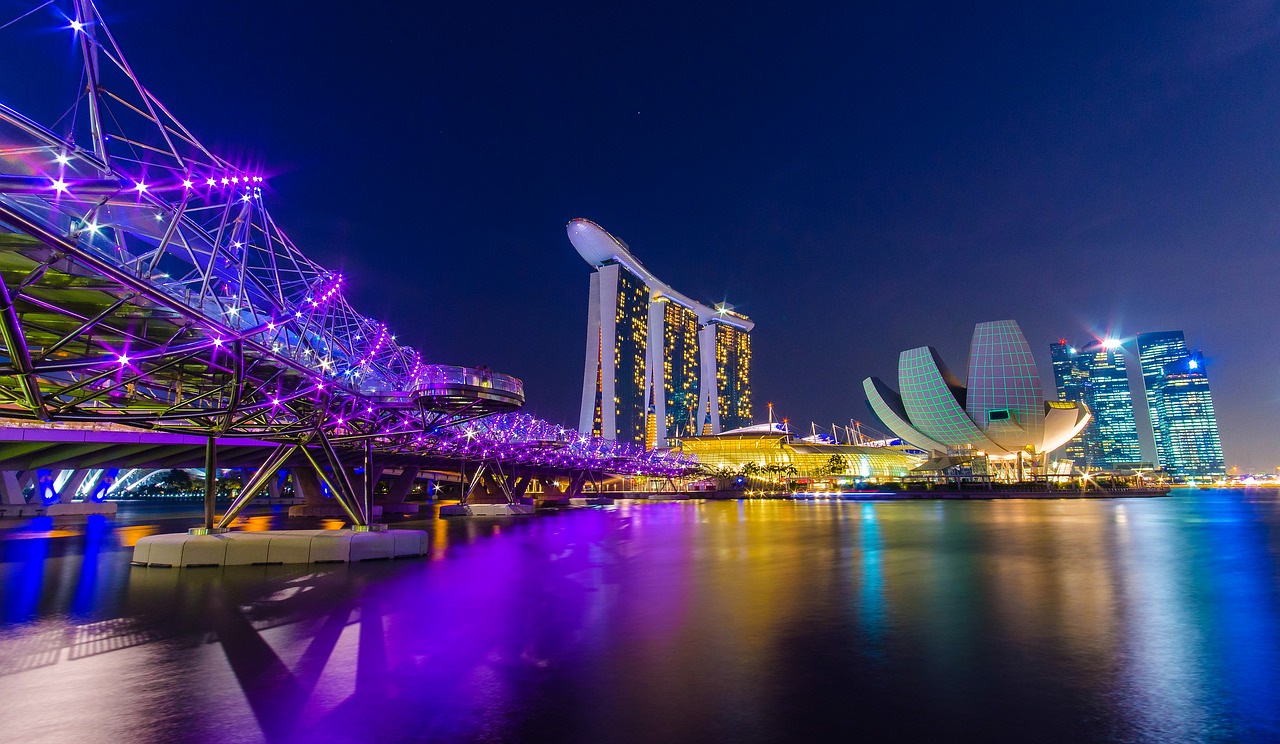Are you eager to meet the true essence of Greece, without the crowd and the traffic typical of a big city? Thessaloniki is the perfect destination for you! In this harbor town, chief town of Macedonia, the charme and the familiarity of a small town is mixed with the cosmopolitan culture. Here the sea is wonderful and the city hosts unmissable attractions! In this post we suggest Thessaloniki’s top 10 stop-overs!
What you will find in this article
1. Roman Agorà
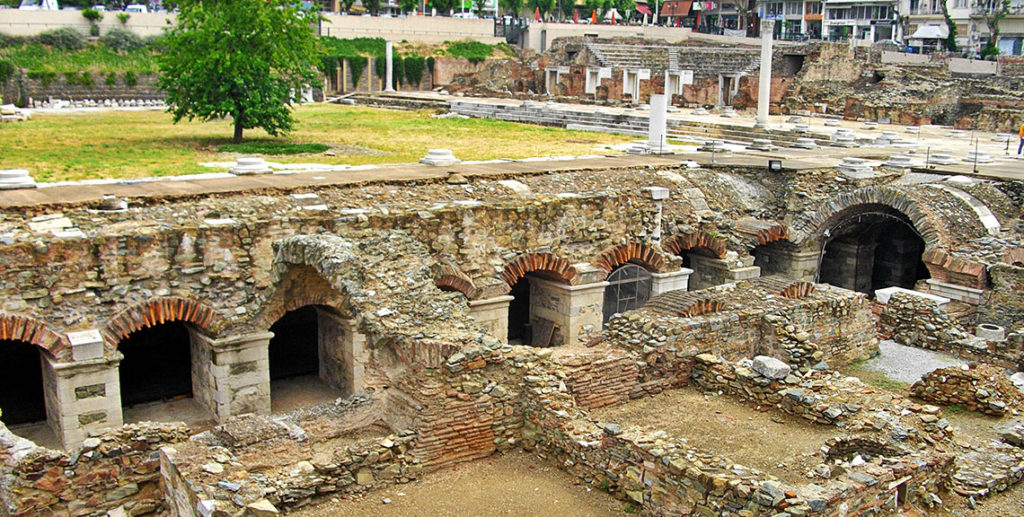
The Roman Forum of Thessaloniki is located in the upper side of Aristotelous square, in Dikastirion Square. Although the Roman Forum is not well known as an archeological site, it has an underground museum and an amphitheater, which make it one of the most interesting Thessaloniki’s sites.
Both for Macedonian people (third century b.C.) and for Romans, the Roman Forum was a place of commercial activities: the area was full of little shops and public places. The museum hosts ruins and information about the archeological site and visitors can also admire mosaic fragments on the floor and ruins of the commercial district. The old theatre has been completely restored, and during the summer it hosts the “Urban Picnics”, with concerts, events, and free food.
2. Bey Hamam
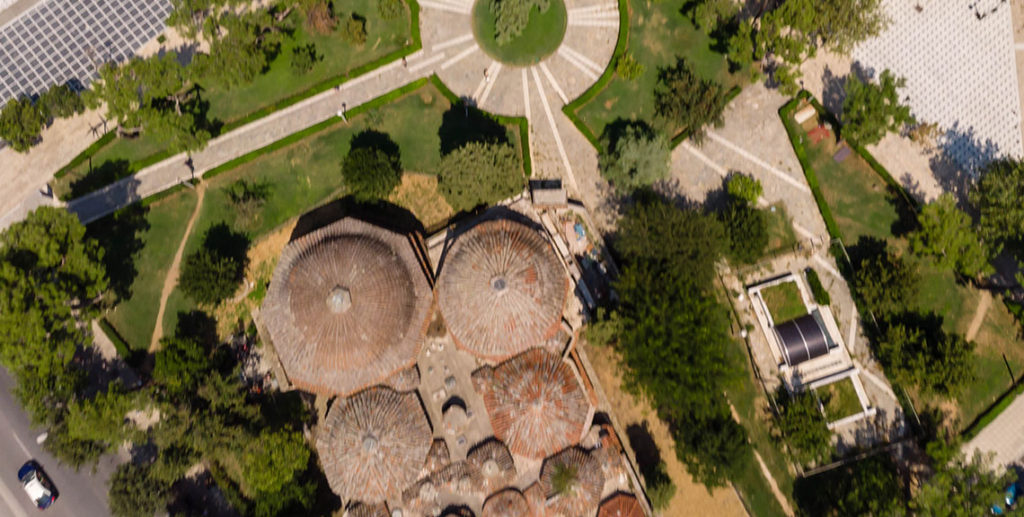
Bey Hamam, also known as “Baths of Paradise”, is considered the first and most important Turkish bathhouse in Greece. Built in 1444 by the Ottomans of Thessaloniki, it is a double bath, with two separate parts for men and women. It was used by Thessaloniki people until 1968. Today, completely restored, it often hosts art and photography exhibitions.
3. House of Ataturk
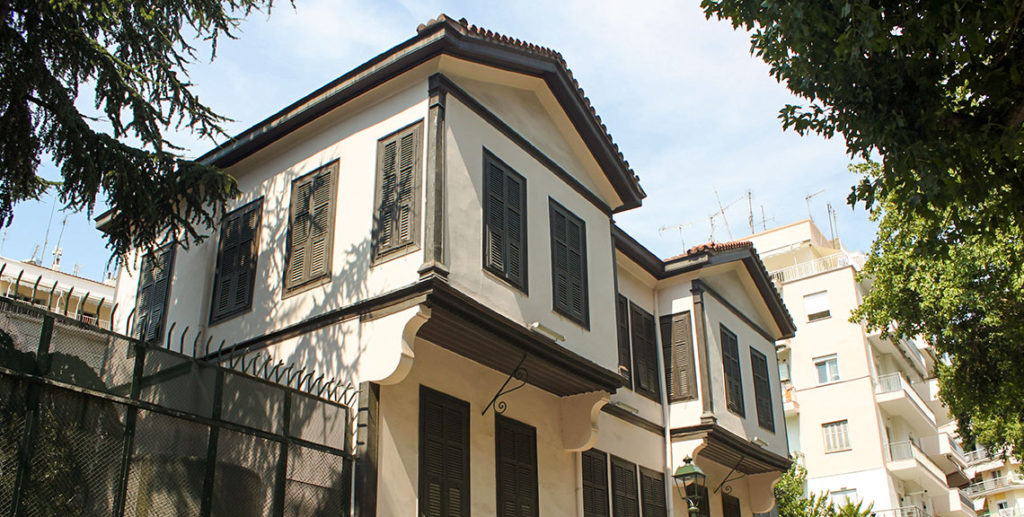
The house of Atatürk is the house where Mustafa Kemal Atatürk, the founder of modern Turkey, was born. It is located next to the Turkish Consulate. On the 2nd floor there’s one of the most impressive rooms, the one in which Kemal born: visitors can still see original furniture, a banquette, Kemal’s desk, but also his elegant suits, white gloves and a walking stick.
Today the building is a museum: the entrance is free but to access the Turkish Consulate is necessary the ID card or the passport.
4. Heptapyrgion

Ottoman-era prison used until 1989, the Heptapyrgion (or Yedikule in Turkish, which means “Seven Tower”, as in Greek) is a sad memory of the past, when behind the Byzantine walls Thessaloniki was located this detention place; and this story passed down through in the melancholic rebetika songs (Greek blues).
5. Kastrà and Byzantine walls
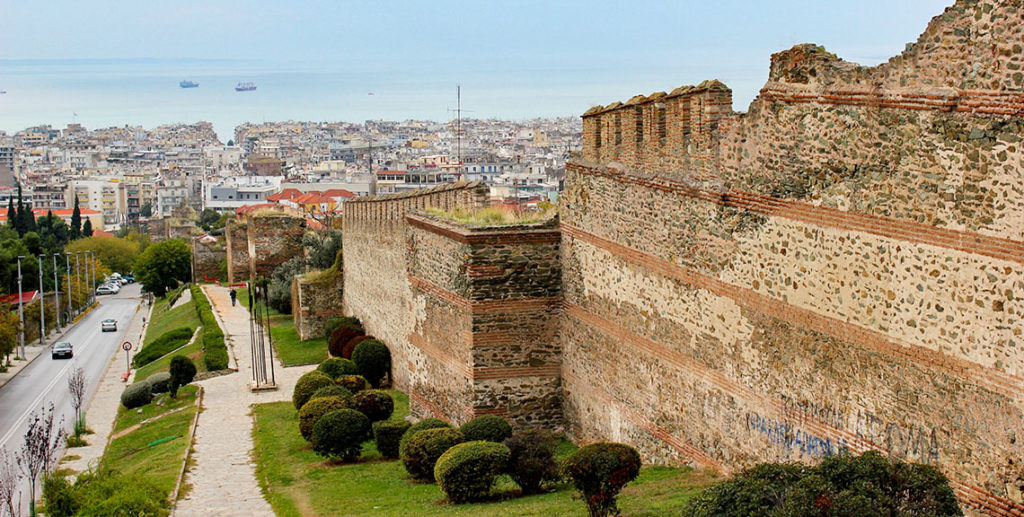
The Kastra (Castle) of Thessaloniki is located in the so-called “upper city” and in this area are located important Byzantine churches. The eastern extremity of the Byzantine walls hosts the Pyrgos tower: from here is possible to admire beautiful panoramas of the entire city and the gulf. The tower has been recently restored and opened to visitors, who can admire the amazing view from the highest point.
The Kastra, surrounded by ancient walls, was built by Theodosius I (379-475b.C.), who was inspired by the model of Constantinople and today this ancient district has become the refuge for progressive and alternative.
6. Vlatadòn Monastery
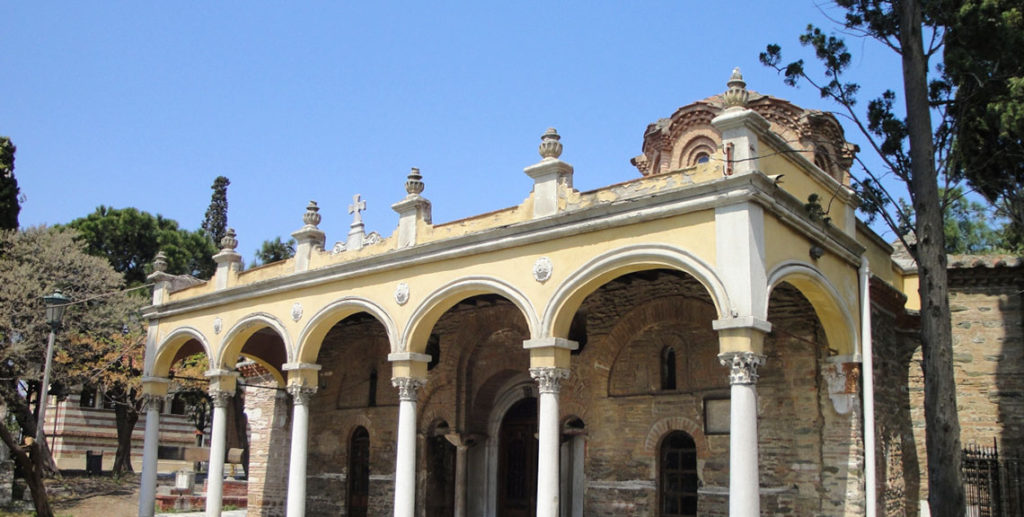
Vlatadòn Monastery is an important symbol of Salonicco, because it represents the only Byzantine monastery still active today, and it is also one of the 15 monuments listed by UNESCO in the World Heritage sites. It is an attractive destination for those seeking a moment of relax from the chaos of the city: it is located in a green oasis and includes a small museum and a gift shop. Founded by the devout Valatades in 1360, its importance increased with the flourishing of the spiritual movement of Hesychasts, as attested by a fresco by their spiritual leader Gregorio Palamas.
7. Archaeological museum

The Archaeological museum of Thessaloniki is a must-seen place for those curious to better understand this famous land and its population. Here are the most important archaeological finds of Macedonia: from the extraordinary Petralona Hoard, dated back to the third millennium B.C., until the time when Macedonia was a Roman Empire province. The museum describes the history of the great civilizations’ first years and the social, commercial and economic successes that have guided the present metropolis.
Manufact and monuments can be seen on site or in a wider area (including Mount Olympus and Mount Athos), and thanks to them visitors can retrace the development of stone processing (from architecture to art) and metallurgy, that makes the region very famous – in particular for the se of gold, which reached its peak with the Macdonian gold crowns.
Thanks to a combine ticket, visitors can also access the Museum of Byzantine Culture.
8. Museum of the Macedonian Struggle

The Museum of the Macedonian Struggle includes the richest collection of documents and objects of that time period, with the aim of both preserving and spreading the memory of the struggles of Greeks against Turks and Bulgarians and to encourage researches about the modern and contemporary history of this region.
The Museum is located in the former Ottoman consulate in Greece and it preserves historical documents, models, uniforms, personal belongings of the fighters, in addition to old firearms and rare maps.
9. Science Dissemination Center and Technology Museum NOESIS

The word of science is at hand! If you’re around Thessaloniki, change your direction: just 6 km far from the city center there’s the Science Dissemination Center and Technology Museum NOESIS, which is worth a visit. Thanks to a series of instruments, such as the virtual reality simulator, the Planetarium, the Cosmotheatre and the Museum aims to inform the public about ancient Greece’s technological culture, scientific and technological development. The most used space of the binding is located on the ground floor, where temporary and permanent exhibitions are organized, covering a total area of more than 3.500 square meters.
The architectural design of the building ensures the perfect harmony between the building itself and the surrounding environment.
10. Museum of Photography
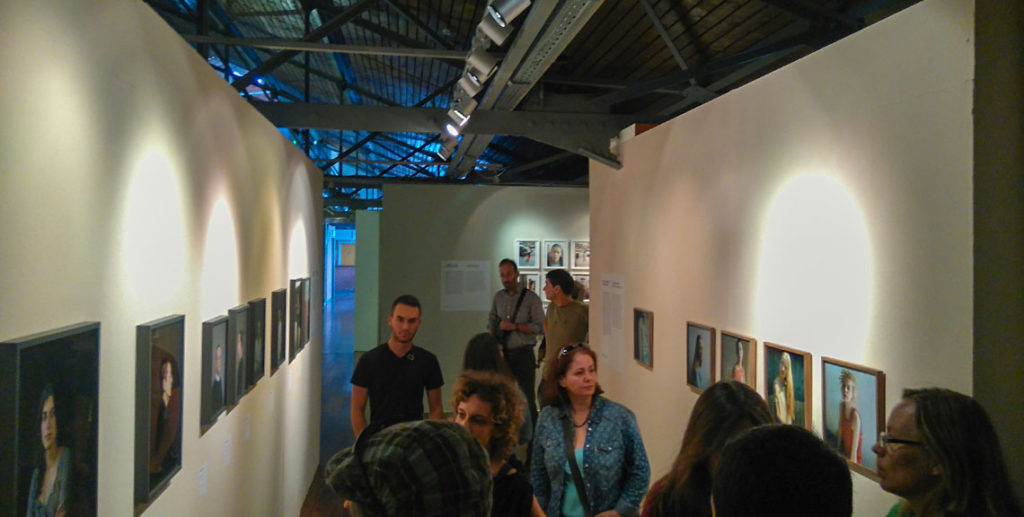
The Thessaloniki Museum of Photography is located in an old port warehouse. Thanks to the collaboration with more than 250 important institutions and with more than 1,100 artists from all over the world, the Museum hosts historical and contemporary photos of Greece.
The museum is committed to the organization of exhibitions based on thematic cycles, the conservation of archives and collections, the publication of books, the organization of educational programs and the PhotoBiennale, an international photography festival. If you visit this museum, don’t forget to take a relaxing break in the bar located on the seafront.
All the experiences of this article

1) Roman Agorà

8) Museum of the Macedonian Struggle

9) NOESIS




Thessaloniki's attractions don't end here.
To discover them all visit wannaticket.net!
